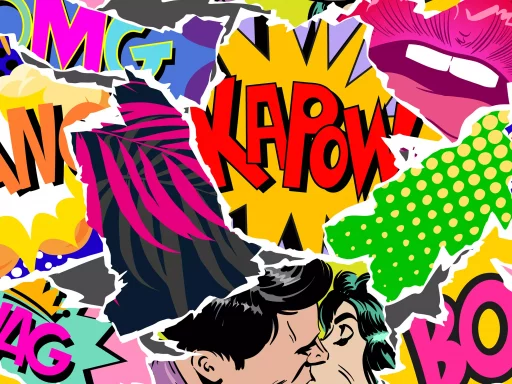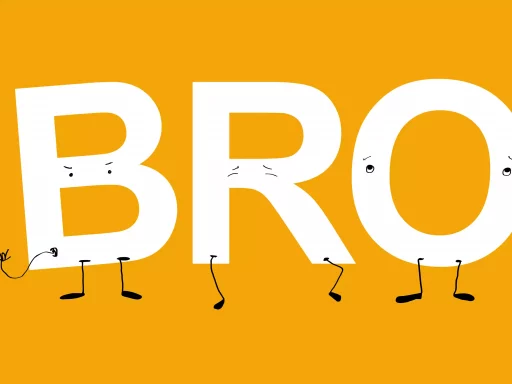Introduction to RCS
In the rapidly evolving landscape of mobile communication, RCS, or Rich Communication Services, has emerged as a game-changing technology that enhances traditional texting. Designed to replace SMS (Short Message Service), RCS provides a richer and more interactive messaging experience. In this article, we will explore the definition of RCS, its features, benefits, and its impact on the future of texting.
What is RCS?
RCS is a protocol that enables enhanced messaging features for smartphones. Unlike SMS, which only sends plain text messages, RCS supports multimedia content, emoticons, group chats, read receipts, and much more. It is often dubbed as “SMS 2.0” because it expands the basic features of SMS to more engaging and interactive conversations.
Key Features of RCS
RCS comes packed with several features that enhance user experience. Here are some key functionalities:
- Rich Media Sharing: Send high-resolution images, videos, and audio files.
- Group Chats: Chat with multiple people easily and share updates with everyone in the group.
- Read Receipts: Know when your message has been delivered and read by the recipient.
- Typing Indicators: See when someone is typing a reply, creating a more dynamic conversation.
- Location Sharing: Quickly share your location with friends or family.
Comparison: RCS vs SMS
To better understand RCS, it’s helpful to compare it to its predecessor, SMS. Here are some distinctions:
- Message Length: SMS has a limit of 160 characters, while RCS can send longer messages.
- Interactivity: RCS allows for interactive features such as buttons and carousels, whereas SMS remains static.
- Multimedia Support: RCS supports rich media content, unlike SMS which is limited to text.
Real-World Examples of RCS
Several companies and organizations have begun adopting RCS to improve their customer engagement and communication strategies:
- Airlines: Airlines like Air France use RCS to send flight updates and boarding passes, enhancing the traveler experience.
- Retailers: Brands such as Macy’s leverage RCS for sending personalized promotional offers and order confirmations to customers.
- Banks: Financial institutions use RCS to notify customers of transactions or authenticate purchases securely.
Statistics on RCS Usage
As of late 2023, RCS is gaining traction worldwide. Here are some statistics that highlight its growth:
- According to GSMA, over 700 million devices support RCS globally.
- In the United States, nearly 50% of messages sent from Android devices are sent via RCS.
- RCS messaging has shown a 20% higher open rate compared to traditional SMS marketing.
The Future of Messaging with RCS
The evolution of messaging through RCS is poised to change the landscape of mobile communication drastically. With ongoing advancements in technology, the adoption of RCS is expected to grow further. As more businesses recognize the benefits of engaging with customers through interactive messaging, RCS could potentially replace SMS as the primary form of communication.
Conclusion
In a world that thrives on instant communication, RCS provides a much-needed upgrade over SMS. Its enhanced features and capabilities not only offer a richer user experience but also allow businesses to connect with customers more effectively. As RCS continues to gain traction, it is evident that the future of texting is bright and full of possibilities.





